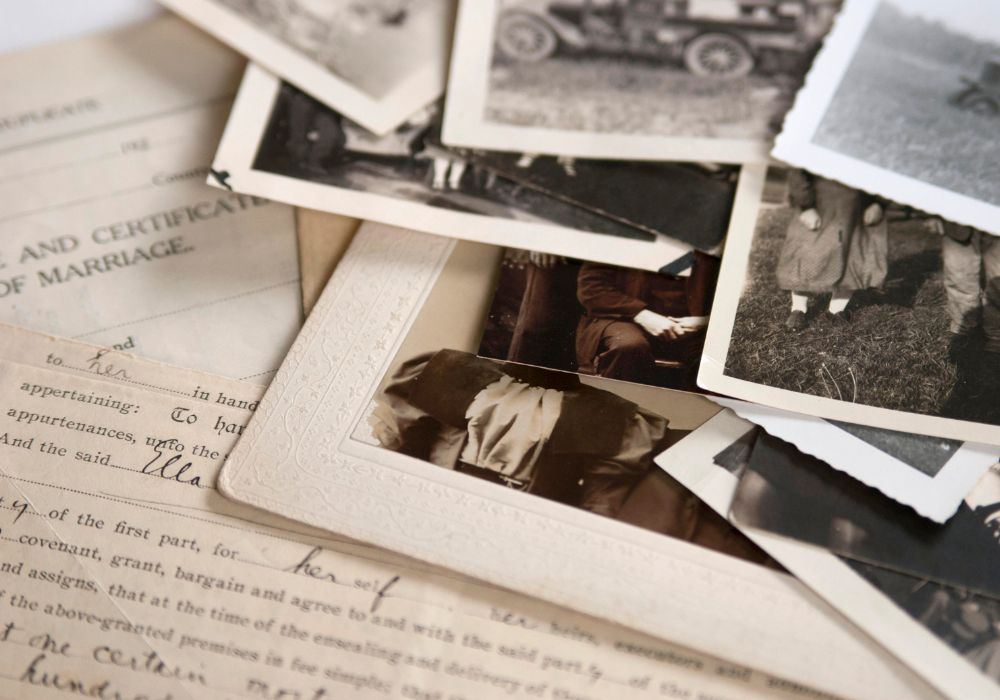Pristine beaches and lustrous golf courses do not solely define Hilton Head Island. The foot-shaped island off South Carolina’s coast is a a living history book waiting to be explored — from ancient shell rings and colonial cemeteries to Civil War landmarks and the vibrant Gullah culture. Whether you’re a seasoned history buff or simply curious about the past, Hilton Head provides an enriching and educational journey through time.
Rich Native American Heritage
Before European settlers arrived, Hilton Head Island was home to the indigenous tribes of the Gullah Geechee people. At more than 4,000-years-old, The Sea Pines Shell Ring is one of the oldest known structures on the island, offering interesting insights into the early inhabitants’ way of life.
Colonial and Revolutionary War Era
Hilton Head played a role during the colonial period and the American Revolution. The Baynard Mausoleum, located in the Zion Cemetery, is one of the oldest intact structures on the island that dates back to 1846. It serves as a poignant reminder of the early European settlers who established their homes on Hilton Head. Additionally, the island was the site of several skirmishes during the Revolutionary War, with remnants of earthen fortifications still visible today.
Civil War Significance
One of the most compelling historical aspects of Hilton Head is its involvement in the Civil War. The Battle of Port Royal in 1861 saw Union forces capturing the island, which then became a significant base of operations for the Union Army. The Mitchelville Freedom Park is a must-visit for history buffs, as it marks the site of the first self-governing town of formerly enslaved people in the United States. Exploring this area provides profound insights into the struggles and triumphs of African Americans during the Civil War era.
Gullah Culture and Heritage
The Gullah culture, with its deep African roots, is a vibrant and enduring part of Hilton Head’s history. The Gullah people, descendants of enslaved Africans, have preserved their unique language, crafts, and traditions for generations. The Gullah Museum of Hilton Head Island offers an immersive experience into this rich cultural heritage, showcasing artifacts, stories, and traditions that highlight the resilience and creativity of the Gullah community.
Historic Sites and Landmarks
Hilton Head is dotted with historic sites and landmarks that offer a tangible connection to its storied past. The Harbour Town Lighthouse, built in 1969, is an iconic symbol of the island’s maritime history. While relatively modern, it offers panoramic views and historical exhibits that detail the island’s development. The Stoney-Baynard Ruins, located in Sea Pines Plantation, are remnants of a grand antebellum plantation home, providing a window into the lives of the island’s early settlers.
Engaging Museums and Tours
For those looking to delve deeper into Hilton Head’s history, several museums and guided tours are available. The Coastal Discovery Museum at Honey Horn is an excellent starting point, offering exhibits that cover the island’s natural and cultural history. Walking tours, such as those offered by the Heritage Library, provide in-depth explorations of historical sites, guided by knowledgeable historians who bring the past to life.




